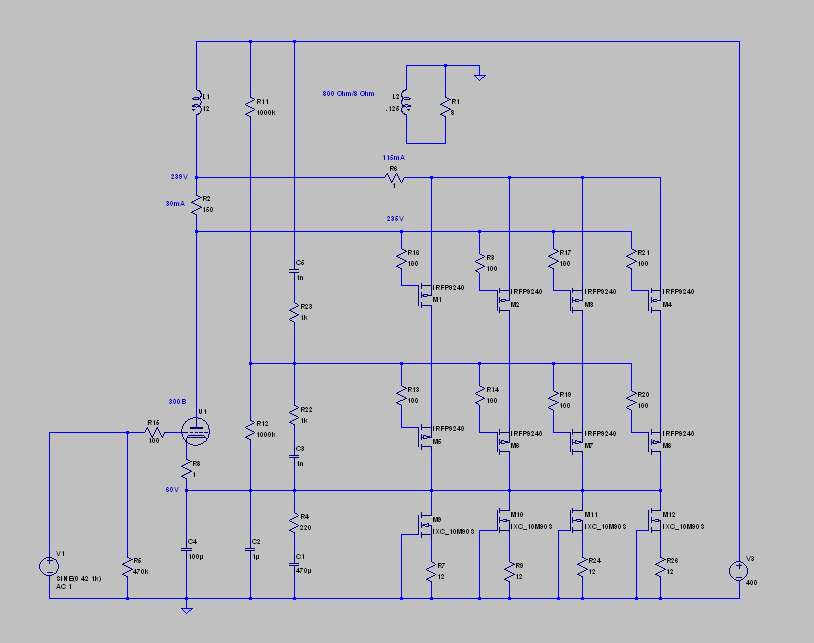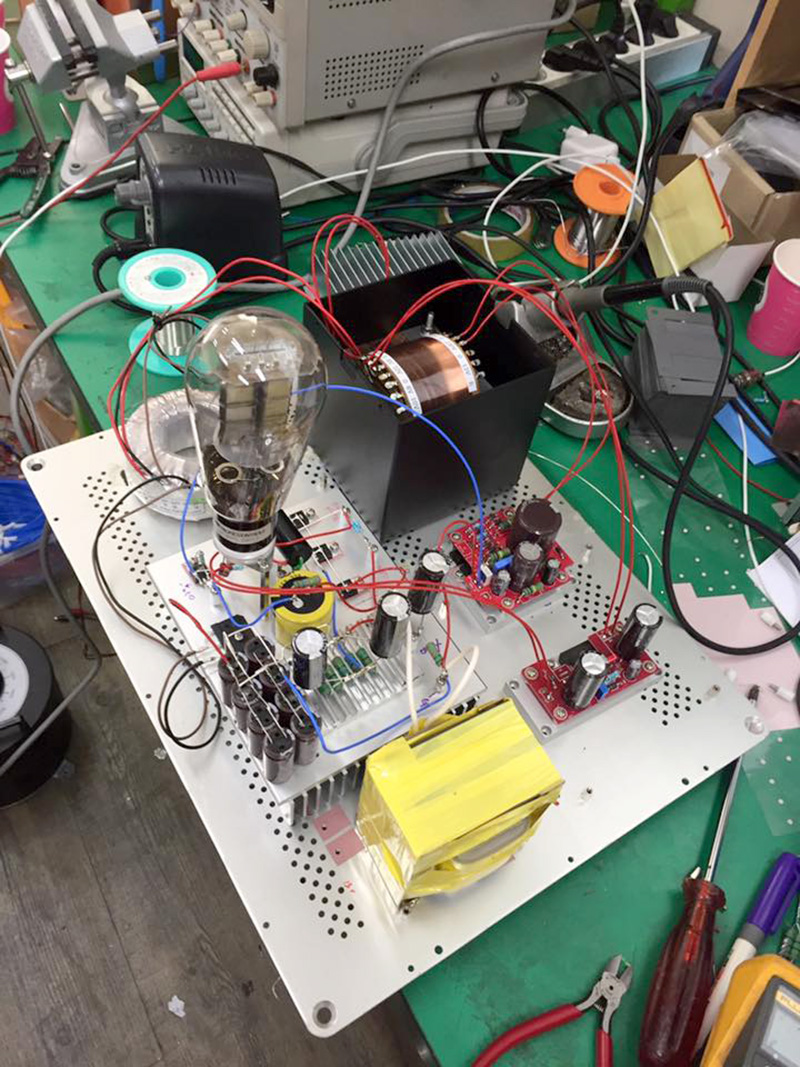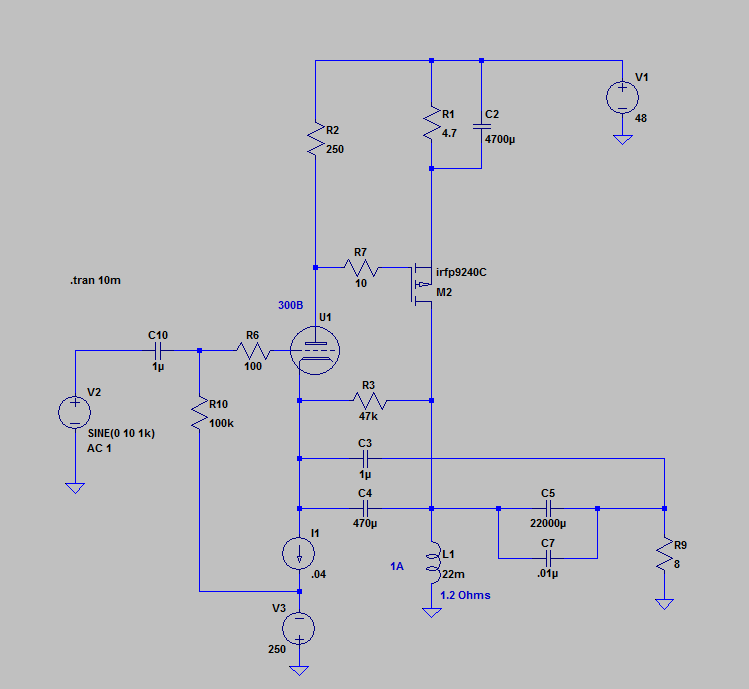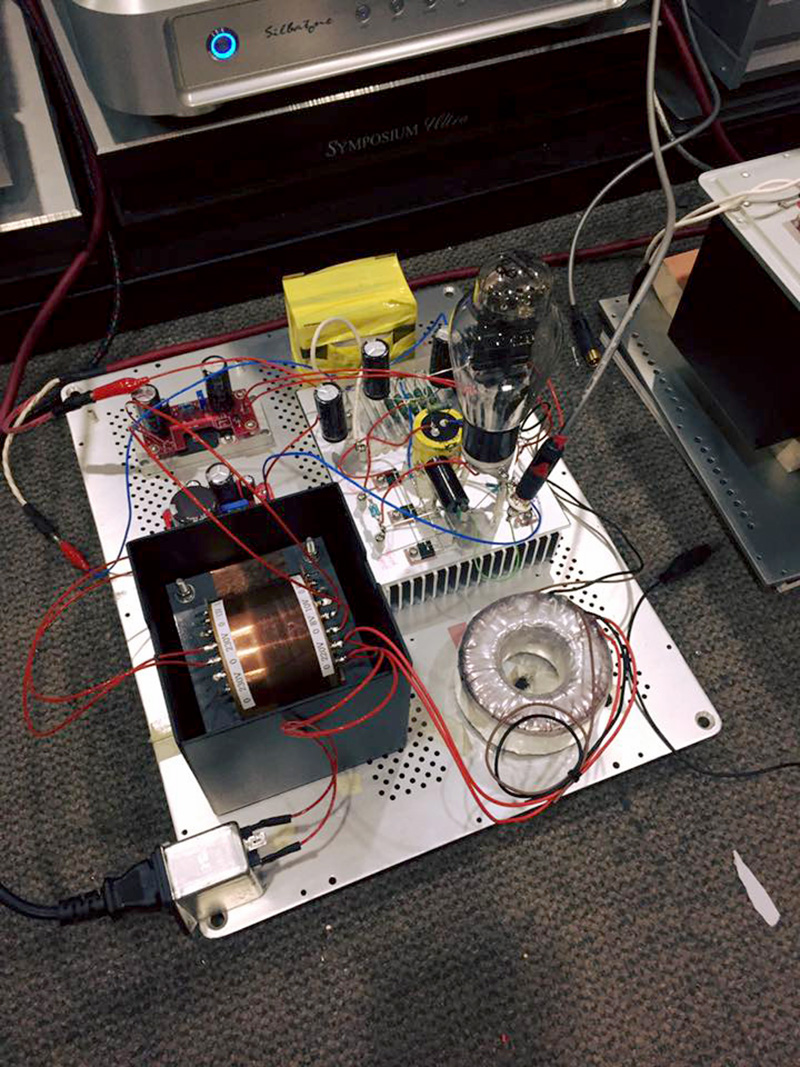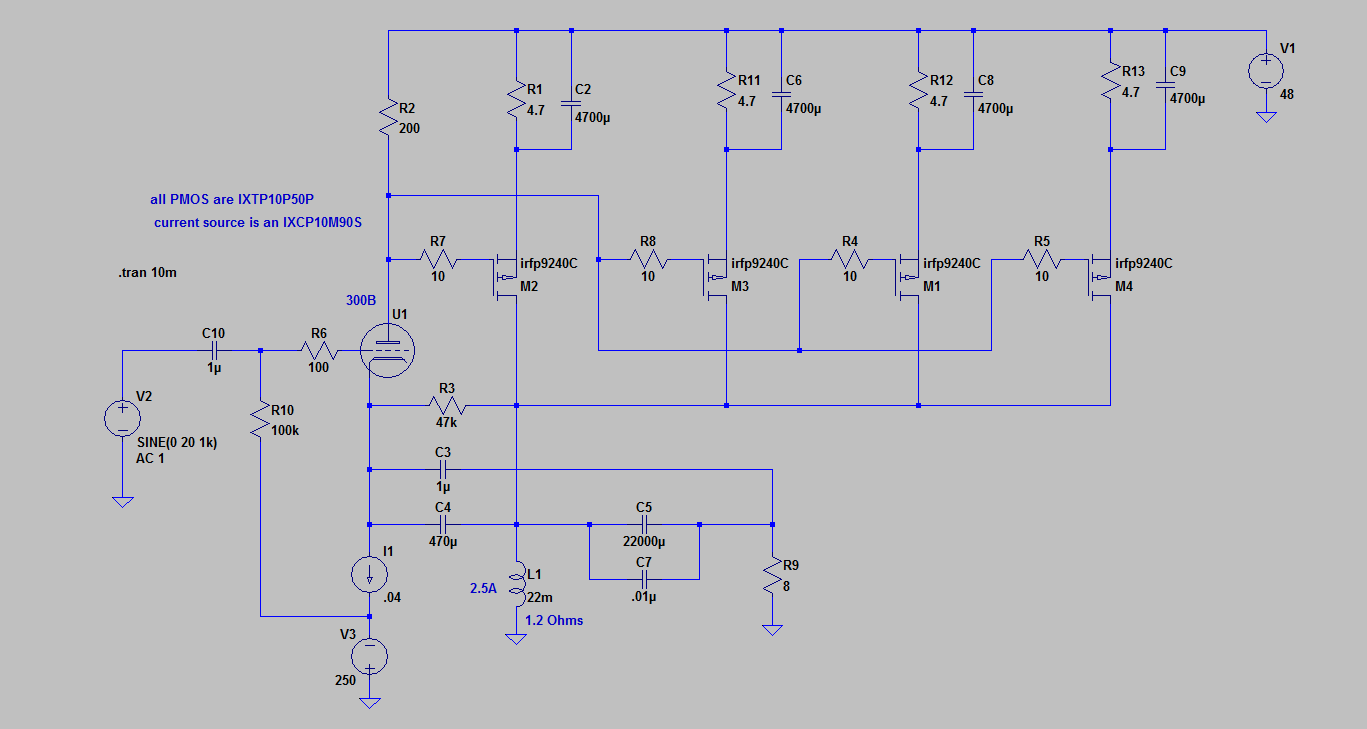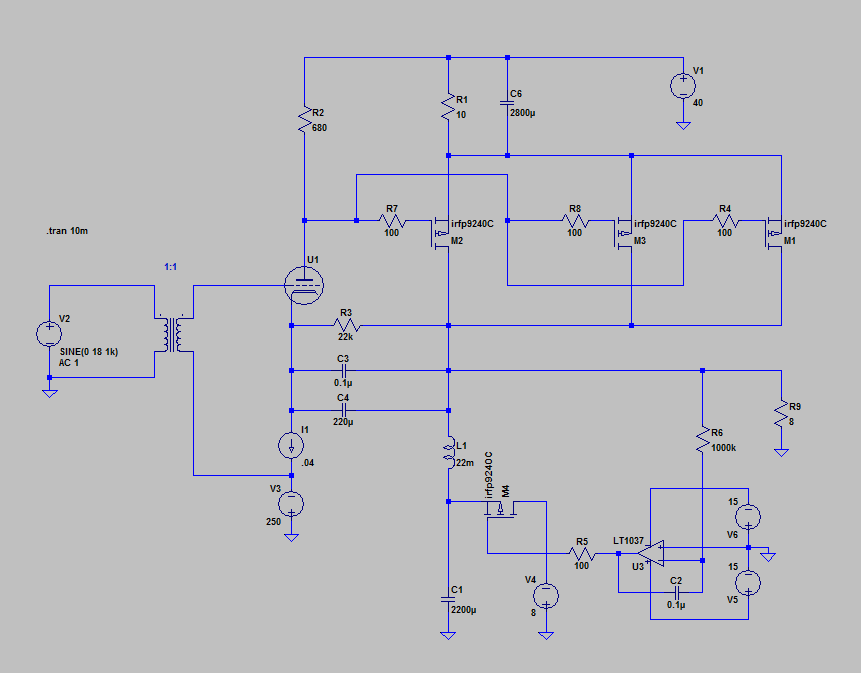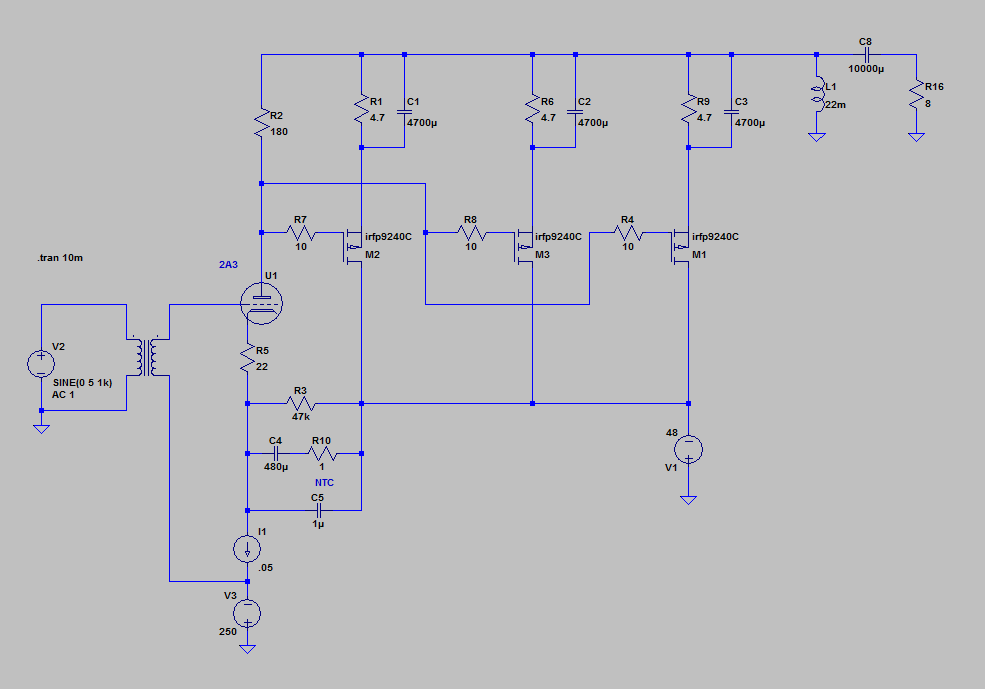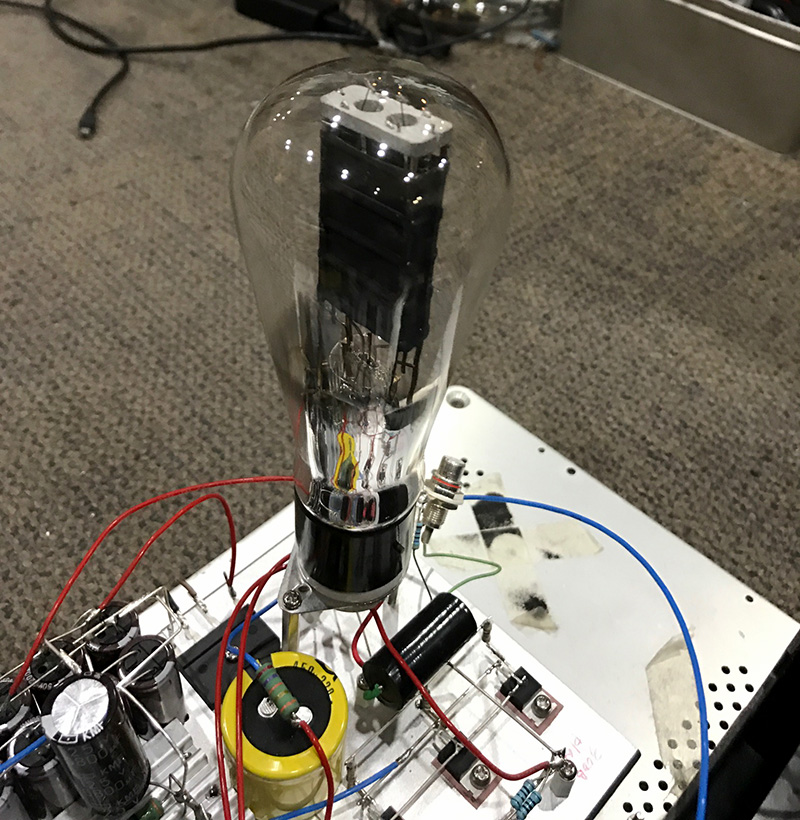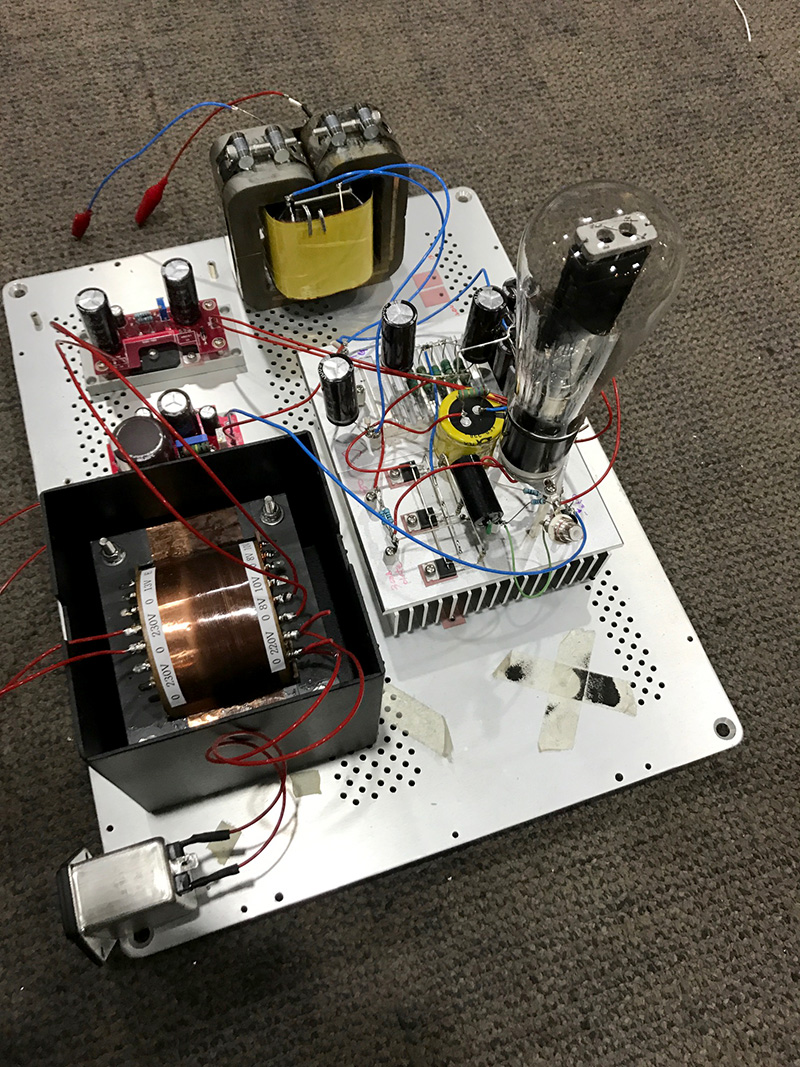you hear that rust never sleeps… nor avarice. whatever you make out of the current political circumstances in the “united states”, and even taking into account some of the stupid shit we are only half awake for in our daily lives, there have been far better days for common sense.
and though the rural parts of the nation seem completely alienated from the suburbs, and the metropolitan hasn’t a clue wtf drugs (meth with roofie chaser?) the rest are taking, who is really doing well? …other than the 1%. i suppose if one has been staring at the pavement it doesn’t make any difference.
in any case, as the con-artist president and the republican controlled government threaten so many of the basic decencies we share in common, it calls into question the notion of “common”. what do we share in common, exactly? health benefits for millions will be cut or ended. the elderly will have less to get by with. education is officially now a privilege, after suffering years of cuts to public schools, and the “new” emphasis on private ones based on evangelical christian fake knowledge for everyone who can’t afford to avoid it. not to mention the “new” federal principle for “environmental protection” is “you have ham, and you have eggs… i am going to put you both together and have ME some ham and eggs!”…. clearly a worldview more aligned with anthrax (the disease, not the band) than humanity. anthrax is actually more compassionate: it kills completely democratically.
“what-remains-of the adult middle class” (the newly poor), who probably influenced the election as much as big corporate money did, are going to be permanently outside of the warmth of civilization. it remains to be seen how it will go for their children… and how could race relations be any worse? so, the things we share in common aren’t shared. even where there are lot’s of us. no, the cities are not immune. although now, nearly all have more pressing business to contend with.
Hans Rosling, recently passed, would move to correct me… he wouldn’t argue that in the usa it has become more difficult to survive, civic education and health has been steadily eroded and out of reach for too many, the social and shared economic infrastructure has been largely abandoned, and inequality in all its forms is flourishing… but he would add that OUTSIDE of the 50 states, it is most generally improved. the world around us has become more fair. there is less war, and the economic plight of children, in general, is better than 25 years ago. it is more equal in places where it has never been. it is only the “first world” that has been set back, politically and economically… and it was done in the effort to maximize profit for a few (white) american and russian men. he always had the statistics to back it up, too.
if you don’t like to read this, please leave, and never come back.
authentic organic synthetic rabid hybrid
let’s get right into some circuits: the last post presented some ideas and practical circuits for a theme i’d like to call “rabid hybrid”. i want to show a pic of a product for Silbatone using this approach… below is a finished amp based on the 300B. it makes 25 watts at 1 % distortion and has no error correction at all. the voltage amps and buffer are WE-310A and E180CC/7044. this makes the design a comment on, and also a breaking of the tradition associated with the WE-91A. the output transformer is silver wire primary, silver foil secondary on a finemet C-core… the materials cost for this amp is so extreme. and, you need two for stereo. no you can’t afford it. neither can i! but you can make something of your own based on the experience in here.
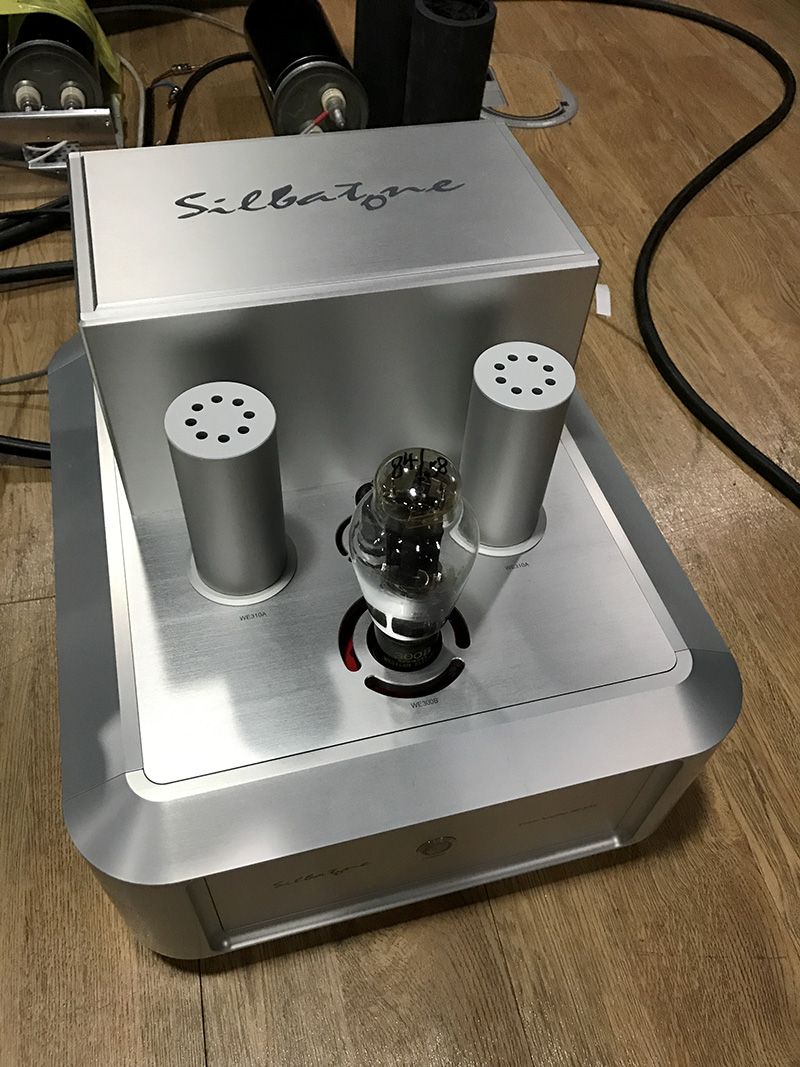
in any case, it’s done! it’s very good. i am satisfied with the result and there is no longer incentive for me to do it that way any more. that is for others to do! but there are two interesting variations that demand a closer look. one of them is roughly built and the other is waiting for time to finish it (“waiting for time” is such a strange and resentful way to live…).
addendum – below is the output stage showing the rabid hybrid…
so, where to go next?
first, relocating the PMOS to a more voltage appropriate environment is a sensible direction to explore… just to get more out of what it does best. the 500 volt max rating is a hard limit on the power supply (with inductive loads you can use about half of it before risking injury to the device), and one doesn’t have much of a selection of parts to choose from, even though there are some excellent chips. PMOS and PJFETs are sadly underrepresented in the industry. the “problem” isn’t that they can’t handle the supply, but that their enormous transconductance, compared with a tube, and low on resistance (1 Ohm) are a better fit with a low impedance job. yes you can cascode the PMOS to double the voltage rating, and stefano and i did, as you see above. it is safe and reliable. but it’s also more complex without getting much for it… so how about a low voltage supply for the MOS?
and once there, it is just a hop, skip and a jump from low voltage/high current transformer coupled amps to OTL amps. let’s start with the OTL. more rabid too. this entire train of thought is so NOT vintage.
i have never heard an OTL i liked over the long haul. it’s frustrating. and from time to time, it beckons again: “feel me”, “hear me”… and i do! i want to love the idea, and have just never been happy. when i was employed by dick sequerra (who was friends with futterman), and because he knew everyone, i met harvey R and george, and ralph, and all that. the history and the gear is no mystery. i have even grudgingly repaired a few NYAL futtermans and an atmashere or two, for friends in desperation (masochistic work if there ever was…). and then there was the klimo, and the russian stuff… not bad! and my dear old friend Komuro, never gave up on SEPP OTL (single ended push pull, or “totem pole”). but, no, the deal has never been sealed.
and by OTL i mean julius futterman’s idea of the theme: a power buffer made with tubes. lots of them, to get the transconductance up, and the output impedance down. rows of tv sweep tubes and every trick in the book to keep them stable and keep their power supplies away from the speaker. it is a wonderful puzzle! one that has occupied many of my friends… me not so much.
the traditional OTL may have a place when it comes to magnepans or martin logans…? infinity! the dread apogee… anything large ever made by mr. wilson. the big enormous giants of the audio universe. many in the market seem to think so? but i have heard better on both of those first two things with much more plebiean means. i’m not interested in the latter. yes, tube OTL amps are more musical than your basic solid state class B amps, along the lines of the japanese mainstream, the english or new england, but not as reliable or good looking. i don’t get the appeal, i suppose. they sound overdamped, with a diminished sense of flow or nuance… great on bombast and not nearly as great on the subtle. that is an opinion, but an informed one.
there is something about the traditional OTL, the enhanced tube power buffer, that not only misses, but loses the point. music is not a signal, even though we move it around like one..
just to be open about my bias (puns intended), in general i focus on single ended amplifiers… when it comes to pushing speakers. first of all, i like my speakers to be efficient! this is largely because i want to experience dynamic variation, when i listen. the foot should fit the shoe, right? so power hasn’t ever really been an issue for me. but the tiny variations are. i don’t listen to music on mini monitors.
actually that isn’t true. for years all i had at home were those little harmon JBL made for apple plexy computer balls… i have no cred at all. can’t call that music… but i made all kinds of things for other people!
why single ended? there are endless variations to dream up and try. you need less tubes and chassis area, and less soldering! and when it comes to parts count and money, they are generally simpler and have simpler problems when the projects stop working, or just stop working well (clipping or loaded down). they are by nature running in class A, and while wasteful and hot, keep their sound consistent from small signal to large. and they simply have the best timbre, in my opinion, because they favor even order and correlated distortions when they distort. yes, it is possible to design for this with both push pull and solid state, but few do.
and finally, most audio amps made are push pull! nearly all. it’s just not that interesting to go down that path again and again, however well it works. so while i will do anything practically electronic, for a paycheck (i am an analog whore), and do my very best while i am at it, why would i waste a second of my own time on that boring dreck? been there, done that. well, having said this, i may well regret it? i’ll get bored of amps altogether and go back to art or musical instruments in my spare time. my wife would probably approve… after that, even push pull could be interesting again?
so, when it comes to OTL amps, perhaps the last place to ponder is the single ended variation? it sure does get the EEs laughing!
there are wonderful precedents, as well. first of all, nelson pass (who i have never met but would love to have a chat over coffee with someday…) has devoted a good deal of time to this. of course it is solid state and not vacuum tube. the “zen” concept, which is older than all of us, has produced an entire range of consumer products and DIY exploration largely because of pass labs. but, he wasn’t the first by a long shot. jean hiraga did some really nice transformer coupled single ended solid state amps… not OTL, but on the way to it – that were appreciated both in france and japan, at his time at Maison L’Audiophile.
back in the day, the most daring 70’s era japanese DIY maniacs made all sorts of crazy ultra spartan OTL circuits with tubes and silicon. it was a meme before it was known to be one. those of you familiar with MJ and radio jiujitsu from that time know what i am talking about!
reality check: tubes just do not lend themselves to directly driving a low impedance load. they are not the best buffers, at least not without using many of them, and considerable enhancement or optimization. even though they are simple to drive, and fail in much simpler and more benign ways than all of the solid state alternatives, they fall short of very simple solid state arrangements in this application. and protecting the load, speakers or other gear, from the high voltage and drift over time, is always a top heavy part of the design. cap or transformer coupling is often the only practical choice. in the circuits below, you will see some of this… simply out of pragmatic need. it’s not the end of the world. but it is important to push the envelope too…
the hybrid tube/solid state option opens up a can of wonderful worms. stefano bae, my friend and coworker at Silbatone, and i, have tried out many variations of hybrid composite ampifier, including this one. and he has made OTL amps in the past. like myself, he reports never really feeling satisfied upon listening, but compelled to continue searching. we work together and talk about this stuff when we can.
above you see a 300B OTL circuit, based on the gm multiplying hybrid from the last article. i do not want to use “super triode” to describe this as that is broskie’s term, however closely related we are in concept. this first attempt uses the composite amp as a cathode follower, but separates the high voltage operation of the tube from the low voltage operation of the MOS with a coupling cap and a directly connected resistor. in my case a negative voltage for the tube made for simpler coupling. the key to getting this to work is the use of a choke. yes… there is still magnetic material in the amp! but a choke allows the single ended circuit a chance to compete with the bigger and more successful relatives: the choke allows a swing above the B+ rail.
this is basically an augmented cathode follower, related to the concept laid out in the Philips text, “Precision Electronics”, from the early 1960’s. there are many ways to do it, but the simplest is a parallel structure… in the Philips approach, a bootstrap voltage is taken from the plate circuit of a standard tubed cathode follower, by inserting a low value voltage divider, and it feeds a voltage amp, which in turn drives a parallel amp with even more current gain (a bipolar transistor emitter follower) which sums with the tube at the output. negative feedback is used to keep everything unity gain over a wide range. there is no appreciable insertion loss, as compared with a simple cathode follower.
in my case, i simplified. if you pry apart the composite amp enough just enough to use two supplies, it still works pretty good: high voltage/low current for the tube, and low voltage/high current for the PMOS. sum them at the cathode with a resistor and cap coupled to the choke.
well, of course there are some caveats. the directly heated tube does have some noise issues, because the output is taken directly from the cathode. the impedance issues between the constant current source and the antenna, which is the 300B cathode, are unavoidable in this case. it’s not a huge problem, because a cathode follower has “no” gain, unlike a grounded cathode stage. but still annoying. an indirectly heated tube completely solves the problem. but the idea is to use “any” tube. especially the directly heated ones! if you want something simple and down and dirty, just do this with an EL-34 and be done with it. it’s a bit more work to use the directly heated stuff.
i have read broskie’s comments on our circuits and i am convinced that he is not understanding the problem. although his experiment with AC voltages on a pair of tubes sharing the same heater current is a blast! amazing what spice can do in the hands of one who really knows and appreciates it. however, it is simply an impedance issue combined with the physics of operation in a directly heated tube. both the advantages and disadvantages of a filamentary cathode are at work here, and nothing at all to do with power supply failings or AC operation of the heater. the difficulty is that the signals, both program and parasitic, exist ALONG the cathode, and not “AT” the cathode. these variations interact with each other in generally complex ways. the system still works and is more efficient than an indirectly heated unipotential cathode. and we aren’t talking about a large noise source… but if it is being amplified, you could have a problem. that’s what happens when you connect a directly heated cathode to the input of a MOS with 2 Siemens of transconductance available between in and out.
stop and think for a moment – have you ever seen a directly heated cathode follower in your experience? ever wonder why? well, the earliest OTL amp i have ever seen used six 2A3s as cathode followers, come to think of it? and i have seen some with AC heaters and the output taken from the center tap… i’m not arguing my case very well.
the cathode is also not “no impedance”, even though it is low impedance. RF, motor brush noise, switching noise from power and digital sources… in fact the music of the spheres is certain to be found on the cathode. always! and a 2A3 is going to cause far fewer problems than a GM-70 simply because the length and resistance of the filament is so much shorter. this is exactly the reason why stephie bench made her PLL noise canceling experiment. in any case, loading the cathode with a CCS and taking signal from there is asking for trouble, even with battery DC on the damn thing. you have a “floating cathode” (the constant current source is equivalent to an open circuit) and a noise source. it’s not terrible, but i couldn’t live with it day in and out. not with the speakers i use.
below is a practical example.
some interesting observations about this circuit: as with the transformer loaded arrangement, less current in the tube lowers the distortion… R2, above, is the current sense resistor for the MOS. the larger the value, the larger the AC signal to the MOS… the more AC current flows in the solid state half. the choke is easy to make… 100 turns of #18 on the biggest core you can get, will be close enough. gap it with some hard oak tag. or if you have access to transformer making materials, 1 mil (25uM). 2-3 amps is fairly gung ho in a DC choke. this approach will not save any weight compared with a big output transformer.
okay, so some will object to the electrolytic coupling cap to the speaker. i understand. in practice, however, as long as it is big enough and high voltage enough, the added distortion stays very low. just make sure it’s Panasonic or Nichicon… use 400V 105°, low ESR caps. the bypass caps are very important. their quality matters. but there are ways to dispense with the cap. i offer one below, but i don’t like it. if anything happens to the tube, bad things can happen to the MOS and the speaker. the negative supply can end up in the load.
there are certainly other more sensible methods to servo the output to ground… this is actually the sort of puzzle mr. Broskie excels at solving! still, i am happy with the cap. it’s my kind of obnoxious, too. very… FYA (fuck you audiophile).
in any case, the first cap coupled version sounds fabulous… noise and all. when stefano and i first fired it up, we just couldn’t stop laughing! this is the first OTL we like.
okay, so the noise thing still bothers me. and there is an obvious solution which is so fucked and downright antagonistic to the way things are, i had to try it. it keeps the gain of the triode and has a higher output impedance than the cathode follower, but if you are willing to go nuts with the MOS (pancake MOS, such as the IXTN32P60P) and get a huge amount of gm in parallel with the tube, i can report the result is fab.
if we go back to the original grounded cathode version of things, but flip both the power supplies, we can put the choke or output transformer (!) through ground at the plate. you want to keep the DCR of the choke to the vicinity of 1 Ohm for 2-3 Amps. note that this is a one stage “6” watt amplifier! the following circuit applies:
this is both quiet and easy to drive. this is my offering to the “zen amp” construct.
and finally, just to be a dick, i leave you with the last image: a WE-252A OTL amp. note the RCA jack located on the socket… the most irreverent thing one could do with such an object of vintage desire.
please note the following: in the variation below, this amp has an output transformer! this tube is arranged as a grounded cathode amplifier with a gain of 4… the inductor has been replaced with an 8 Ohm primary and a 4 Ohm secondary…

